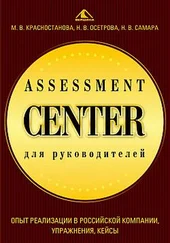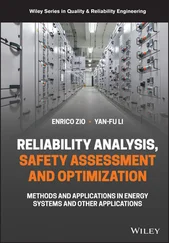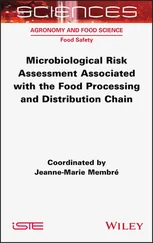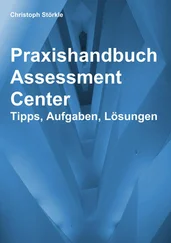Marvin Rausand - Risk Assessment
Здесь есть возможность читать онлайн «Marvin Rausand - Risk Assessment» — ознакомительный отрывок электронной книги совершенно бесплатно, а после прочтения отрывка купить полную версию. В некоторых случаях можно слушать аудио, скачать через торрент в формате fb2 и присутствует краткое содержание. Жанр: unrecognised, на английском языке. Описание произведения, (предисловие) а так же отзывы посетителей доступны на портале библиотеки ЛибКат.
- Название:Risk Assessment
- Автор:
- Жанр:
- Год:неизвестен
- ISBN:нет данных
- Рейтинг книги:3 / 5. Голосов: 1
-
Избранное:Добавить в избранное
- Отзывы:
-
Ваша оценка:
Risk Assessment: краткое содержание, описание и аннотация
Предлагаем к чтению аннотацию, описание, краткое содержание или предисловие (зависит от того, что написал сам автор книги «Risk Assessment»). Если вы не нашли необходимую информацию о книге — напишите в комментариях, мы постараемся отыскать её.
2nd Edition
The book begins with an introduction of risk analysis, assessment, and management, and includes a new section on the history of risk analysis. It covers hazards and threats, how to measure and evaluate risk, and risk management. It also adds new sections on risk governance and risk-informed decision making; combining accident theories and criteria for evaluating data sources; and subjective probabilities. The risk assessment process is covered, as are how to establish context; planning and preparing; and identification, analysis, and evaluation of risk.
also offers new coverage of safe job analysis and semi-quantitative methods, and it discusses barrier management and HRA methods for offshore application. Finally, it looks at dynamic risk analysis, security and life-cycle use of risk.
Serves as a practical and modern guide to the current applications of risk analysis and assessment, supports key standards, and supplements legislation related to risk analysis Updated and revised to align with ISO 31000 Risk Management and other new standards and includes new chapters on security, dynamic risk analysis, as well as life-cycle use of risk analysis Provides in-depth coverage on hazard identification, methodologically outlining the steps for use of checklists, conducting preliminary hazard analysis, and job safety analysis Presents new coverage on the history of risk analysis, criteria for evaluating data sources, risk-informed decision making, subjective probabilities, semi-quantitative methods, and barrier management Contains more applications and examples, new and revised problems throughout, and detailed appendices that outline key terms and acronyms Supplemented with a book companion website containing Solutions to problems, presentation material and an Instructor Manual
is ideal for courses on risk analysis/risk assessment and systems engineering at the upper-undergraduate and graduate levels. It is also an excellent reference and resource for engineers, researchers, consultants, and practitioners who carry out risk assessment techniques in their everyday work.
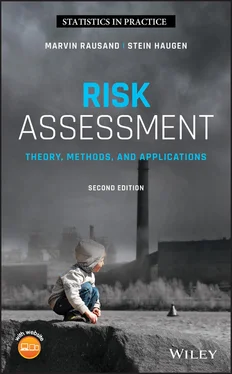

 is
is  and consider this probability a property of the experiment.
and consider this probability a property of the experiment. representing an individual's degree of belief about whether or not an event will occur.
representing an individual's degree of belief about whether or not an event will occur. is not arbitrary but is the analyst's best guess based on her available knowledge
is not arbitrary but is the analyst's best guess based on her available knowledge  about the event. The analyst's (subjective) probability of the event
about the event. The analyst's (subjective) probability of the event  , given that her knowledge is
, given that her knowledge is  , should therefore be expressed as
, should therefore be expressed as
 may come from knowledge about the physical properties of the event, earlier experience with the same type of event, expert judgment, and many other information sources. For simplicity, we often suppress
may come from knowledge about the physical properties of the event, earlier experience with the same type of event, expert judgment, and many other information sources. For simplicity, we often suppress  and simply write
and simply write  , but we should not forget that this is a conditional probability depending on
, but we should not forget that this is a conditional probability depending on  .
. : “rain tomorrow between 10:00 and 10:15.” This has no meaning in the frequentist (or classical) approach, because the “experiment” cannot be repeated. In the Bayesian approach, your probability
: “rain tomorrow between 10:00 and 10:15.” This has no meaning in the frequentist (or classical) approach, because the “experiment” cannot be repeated. In the Bayesian approach, your probability  is a measure of your belief about the weather between 10:00 and 10:15. When you quantify this belief and, for example, say that
is a measure of your belief about the weather between 10:00 and 10:15. When you quantify this belief and, for example, say that  , this is a measure of your belief about
, this is a measure of your belief about  . To come up with this probability, you may have studied historical weather reports for this area, checked the weather forecasts, looked at the sky, and so on. Based on all the information you can get hold of, you believe that there is an 8% chance that event
. To come up with this probability, you may have studied historical weather reports for this area, checked the weather forecasts, looked at the sky, and so on. Based on all the information you can get hold of, you believe that there is an 8% chance that event  occurs and that it will be raining between 10:00 and 10:15 tomorrow.
occurs and that it will be raining between 10:00 and 10:15 tomorrow. . In this case, the frequentist and the Bayesian approach give the same result.
. In this case, the frequentist and the Bayesian approach give the same result. and that her initial or prior belief about this event is given by her prior probability
and that her initial or prior belief about this event is given by her prior probability  :
: prior to any additional collection of evidence related to
prior to any additional collection of evidence related to  .
. , which contains information about event
, which contains information about event  . She can now use Bayes formula to state her updated belief, in light of the evidence
. She can now use Bayes formula to state her updated belief, in light of the evidence  , expressed by the conditional probability
, expressed by the conditional probability



